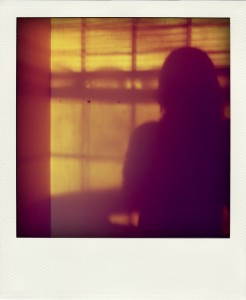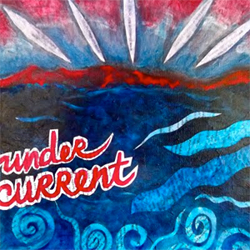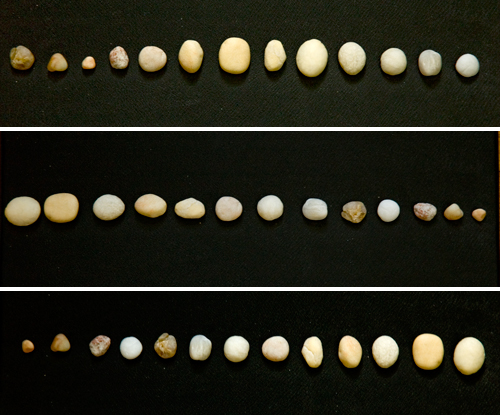
This week’s prompt is inspired by the Asian American Writers Workshop’s 2011 Page Turner Festival, which I attended two weekends ago in Brooklyn, NY.
An unexpected winter storm swept into town on the morning of the festival, pummeling Brooklyn with high winds and dumping snow and sleet all over the streets, but despite the merciless weather, a surprisingly large crowd of attendees bundled up and came out to watch panel after panel of writers light up the interiors of Powerhouse Arena and Melville House. All through the morning and afternoon, each event was packed; by the time I arrived at Melville House to catch the Poetry Showcase (my favorite, and last event of the day before I had to rush home to snow-covered NJ), the colorful, cozy performance space was standing-room only.
I’ve been to plenty of readings and conferences before, but never to a literary festival that felt this driven by a searingly-clear, single vision. Throughout the day, the one theme that continued to impress itself upon me again and again was the AAWW’s deep, active commitment to the political—from the reflections of the poets on the Occupy Wall Street panel about the critical and aesthetic possibilities of poetry shared by “human mic” to the powerful photographs and testimonies shared by the CultureStrike participants who visited Arizona in the wake of SB 1070—I was continually struck by AAWW’s unique vision for how the work of the artist can simultaneously inhabit the page and reach beyond it into world in a very physical, practical way.
Today’s prompt comes from that same sense of vision, and invites you to play with figurations of craft that “break” from the construct of the page-bound poem in order to tangibly evoke discussion and action within your immediate community.
Prompt: Construct, organize, present, and/or distribute a political “act of poetry” whose craft and form reaches beyond the written page to invite others to physically and verbally interact with, respond to, and share in its promulgation and completion.









